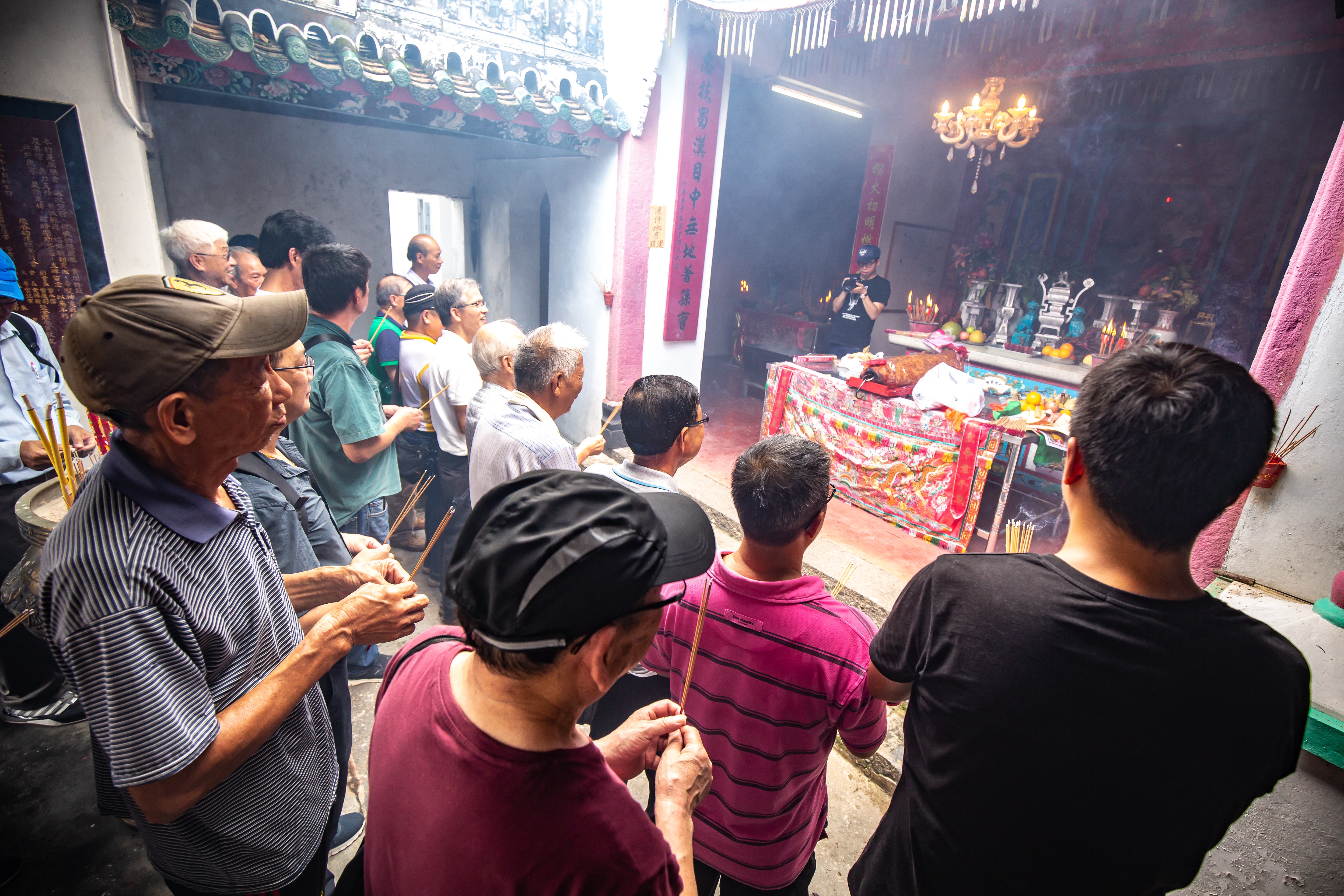Home » Reflection of Values through the Lai Chi Wo Cultural Landscape
Introduction to Cultural Landscape Management
Reflection of Values through the Lai Chi Wo Cultural Landscape
Lai Chi Wo, one of the largest remaining traditional Hakka villages of over 300 years of history situated in Northeast Hong Kong, is a living cultural landscape demonstrating the indigenous wisdom of Hakka villagers to utilise, protect and manage natural resources for establishing a self-sustaining agricultural community.
It is also an ecologically important site constituted by diverse habitats including the Lai Chi Wo Beach, an Ecologically Important Stream, the Fung Shui woodlands, farmlands and wetlands which contribute to biodiversity. The mangrove community of the Estuary Fung Shui Woodland with both Heritiera littoralis 銀葉樹 and Derris alborubra 白花魚藤 is unique in Hong Kong and the high integrity of the site is very rare in South China.
The setting and the happenings of the village are not only reflecting the aesthetic sense, the evolution of the village is an evidence of the Hakka traditions and Fung Shui beliefs, traditional architecture, the migration history and the resilience character of Hakka people. The village is representative of the socio-historical-economic changes of the wider rural community in Hong Kong over the years.
The various rituals held in the village are spiritual and social activities that connect villagers of neighbouring villages in the area. These rituals, which have become intangible cultural heritage of Hong Kong, are still being sustained by the local communities. They highlighted the social bonding and attachments which are crucial to the survival of a traditional rural agricultural community.

Continue to "Session 3: Common Challenges in Cultural Landscape Management"
© 2018 Centre for Civil Society and Governance at The University of Hong Kong
Except where otherwise noted, contents of this e-study is licensed under a Creative Commons Attribution-NonCommercial-ShareAlike 4.0 License.
![]()


